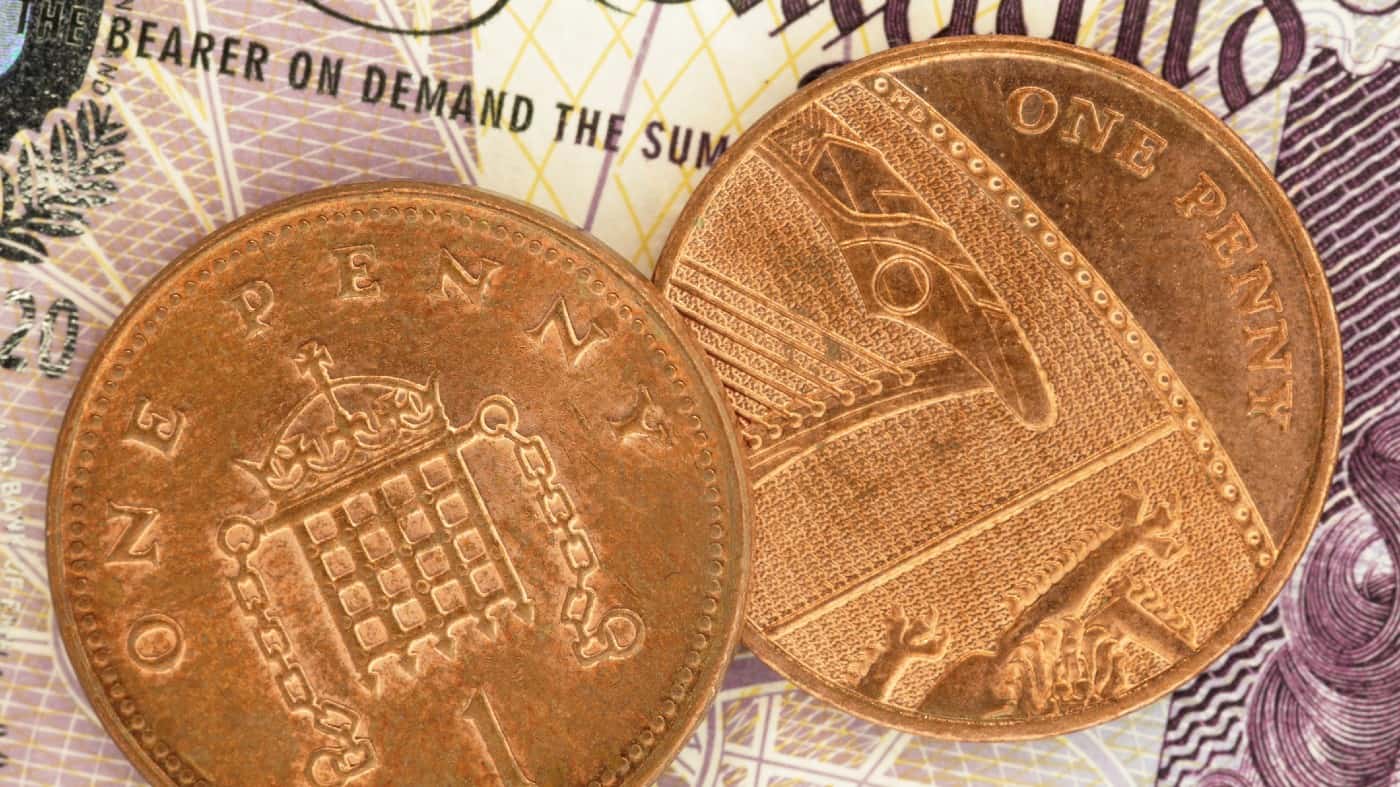Show. Don’t tell.
It’s the oldest rule in the journalism guidebook.
Yet sometimes, even seasoned financial journalists like me – I’ve been writing about the economy and financial markets for nearly 30 years – break that rule.
So today, instead of telling readers why I’m optimistic about the economy and the stock market, I’ll merely show a few charts so you can form your own conclusions.
(By the way, I came across these charts as I was putting together my predictions for what the Federal Reserve will do with interest rates this year, which you will see next week.)
First, let’s look at the American consumer…
Remember that consumer spending is about 68% of gross domestic product. That spending drives the job market as well as revenue and profits for businesses – and, ultimately, stock prices.
That’s why it’s no surprise consumers have been powering this economic expansion. Their spending increased at a robust 3% rate in the fourth quarter alone.
But that’s old news. The question going forward is, can they keep it up?
According to McKinsey & Company, consumers want to. Their optimism reached its highest level in almost two years last month.
But merely wanting to won’t make it so. Consumers also need resources (cash) to spend.
Here is the amount of money Americans have in checking accounts right now…

You can see that households are flush with cash.
At about $4 trillion, it’s much more than they’ve had in decades. And it’s not just wealthy people. The bottom 50% of households also have much more in their checking accounts today than they’ve had in a long, long time. See that full chart in action here.
But with inflation above the Fed’s 2% target rate, it looks like Chairman Powell & Co. will keep interest rates high this year too. And surely that will put a damper on the stock market, right?
Well, here’s my favorite chart of the week…
It shows the S&P 500 along with expectations about rate cuts by the Fed this year.

As the chart shows, expectations about the number of rate cuts this year has been falling since mid-January – from more than six cuts to fewer than four. Yet the market continued to climb even as its hopes for lower interest rates were dashed.
Basically, it seems that investors have stopped worrying so much about rate cuts (or the lack of them).
I leave you to form your own conclusions about the economy and the stock market from these charts.
And as always, invest accordingly (and wisely).
Credit: Source link














